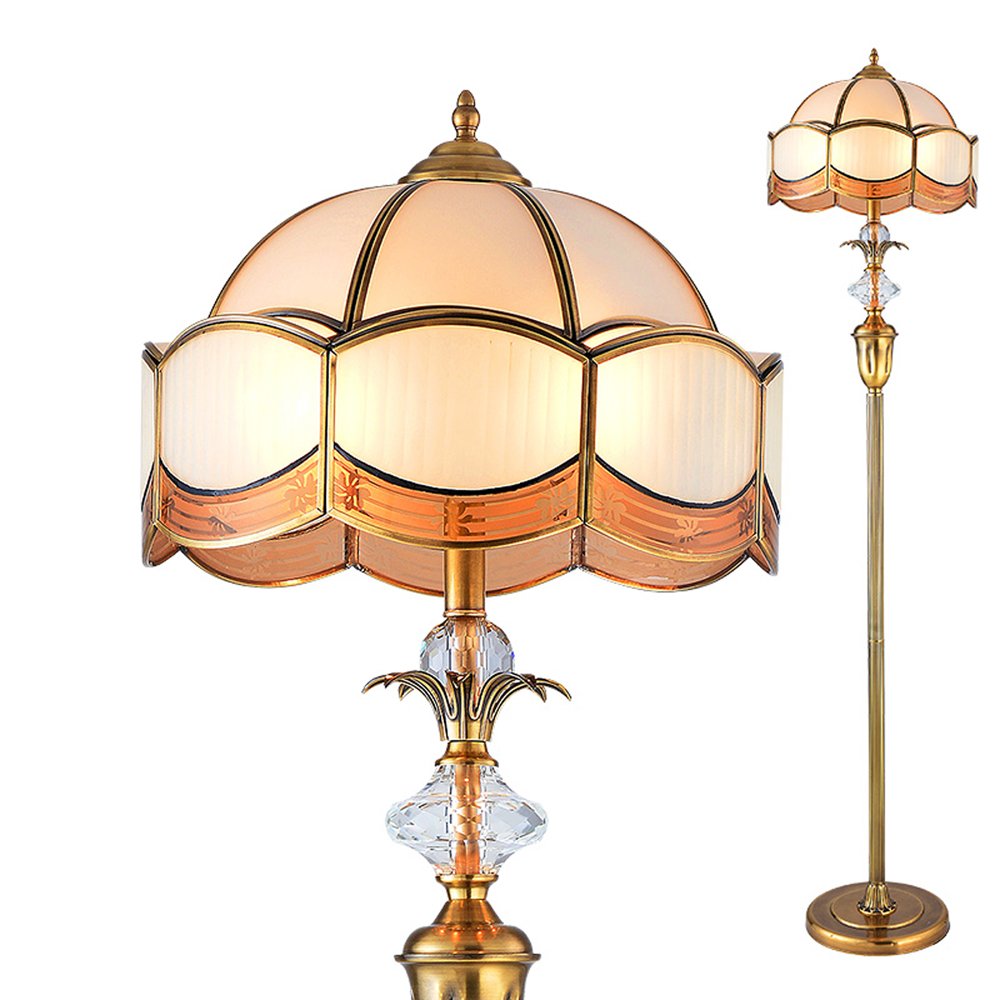mini chandelier shades How to Re-Cover Chandelier Shades

The tone of the chandelier can determine the style and mood of the lamp.It can unnecessarily set dates for fixtures, but the chandelier can be upgraded by simply changing the tone without the cost of a replacement.Update shadow with open CurrentTrend colors and fabrics, plus updated decor, will greatly increase the decorative appeal of the room.Make the pattern first to make sure it fits the finished shadow successfully.Remove the existing decoration if possible.Mark a point on the outside of the top edge of the shadow.Put a ruler on the outside of the Shadow, an edge is aligned with the top edge of the shadow, the first mark, and a mark is placed on the bottom edge of the shadow, which is also aligned with the edge of the ruler.Measure the length of the shadow along this line.These two marks are pattern registration marks for the top and bottom edges.Place the corresponding mark on the top inner edge of the shadow.Calculate the desired size of the pattern block by multiplying the shadow length of the paper width by 3, and the length of the pattern block is equal to the length of the shadow.For ease of operation, an increase of 2 inch per measurement.Place the case paper on the table and the width of the paper is parallel to the edge of the table.Put the shadow on the paper on this side.Head the top of the shadow towards your left side, the bottom towards your right side, and register the mark close to the top right corner of the paper.Put two marks on the paper, one adjacent to the registration mark on the top edge of the shadow, and one on the bottom edge of the shadow, which indicates the start and stop points of the trace.Place the pencil on the top edge of the shadow, at the registration mark.It is easiest to see the registration mark inside the shadow.Take the pencil with your right hand and roll the shadow to you and left with your left hand--clockwise.Keep the shadow on the surface of the paper and the surface of the pencil flat, close to the top edge of the shadow.The shadow rolls past the pencil point.The pencil outlines the concave arch --The shape track of the top edge of the shadow.Continue to scroll through the shadows until the top registration mark is again relative to the drawing paper.It will be on your left at this time.The shadow roll does not complete a full circle.Transfer the pencil to your left hand, move it near the bottom edge of the shadow at the registration mark, and roll the shadow counter-clockwise to the right with your right hand.Monitor the top edge of the shadow and observe that it does not scroll from the first line of pencils.Adjust the scroll as needed to keep the top edge following the line.The pencil now marks the bottom arch.When the bottom registration mark on the Shadow meets the start registration mark on the paper, stop.Put the shade aside.Use the ruler edge to connect the top and bottom edges on both sides of the pattern to register the mark.These lines represent the seams on the shadow.Cut the pattern, add 1/2-The inch seam allowance at the two seam lines used for overlapping.Cut the pattern from the decorative fabric or paper.Spray the wrong side of the new material with a removable adhesive.Place the shadow on a fabric or paper, align the registration mark with the outside edge 1/2, and roll the shadow onto the surface material, overlapping at the end of the roll.Stick the new decoration to the edge of the new shadow material with transparent glueDrying fabric glue to complete shade.








